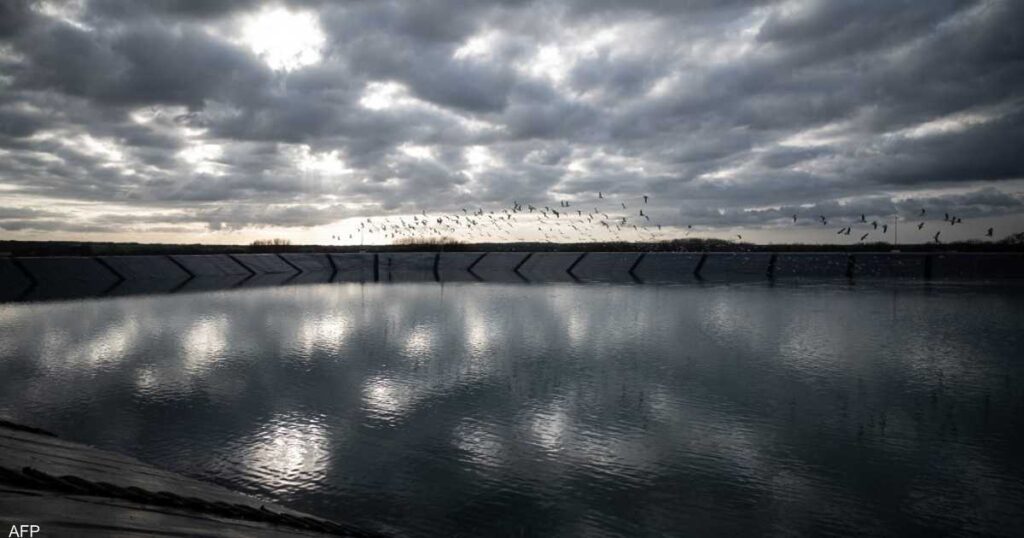The Horn of Africa, a region that has suffered greatly from repeated droughts, a lack of water, and a lack of food during the previous thirty years, was the focus of the study, which was directed by the British University of Bristol. It analysed the present changes in the rains in this region.
study of rain
The findings indicated that while the amount of rain fell through dry terrain in the Horn of Africa during the major rainy season, known as “long rain,” it increased during the other rainy season, known as “short rain.”
The occurrence, which affects Ethiopia, Somalia, and Kenya, prompted experts to look into groundwater storage as a potential lifeline to supply drinking water during these times.
The findings showed that despite the consequences of drought brought on by a decline in the “long rain” season, which historically generates more wet rains than the “short rain” season, water storage has increased in recent decades.
Results
“This was amazingly counterintuitive, but it’s also very essential,” says Dr. Marcus Adloff, the study’s lead author and a researcher at the University of Bristol’s Faculty of Geographical Science. “He speaks to a positive aspect that can promote adaptation to the climate.”
The findings suggest that “groundwater may be able to maintain the rural population in the Horn of Africa with increasing food and water shortages.
The research team looked at how the characteristics of the rainfall varied by examining rainfall data in order to clarify this contradicting conclusion. They discovered that the heavy rains increased in frequency during the “short rain” season.
Situation in arid regions
According to the contributing author, Dr. “This data demonstrates that in arid terrain, the density of rainfall may be significant to recharge groundwater from the overall amount of rain.”
Katrina Michaelids is a Bristol University assistant professor of dry land hydrology.
Dry lands are considered areas characterized by low annual rainfalls and a rise in evaporation.
Because it is stuck in the shallow areas of the soil, light, spray rain falling on the ground can evaporate rapidly and return to the atmosphere, whereas heavy, thick rain runs in dry rivers and can be dangerous. It penetrates deep into the soil before reevaporating and escaping into the atmosphere.
This mechanism, according to researchers, helps to explain the reason behind increasing levels of groundwater storage, even with a decrease in rain.
a slim possibility
The results of the study are an important glimmer of hope, as dry lands in the Horn of Africa suffer from the fifth consecutive season of rain without average, which exacerbates the devastating effects of drought, including 50 million people facing famine, water shortage, livestock and weak crop harvest..
Famine and thirst imperil 50 million Africans’ hopes for groundwater.

